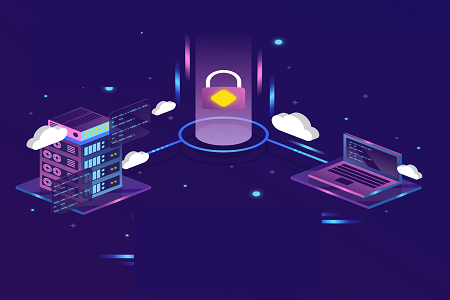Salient IT Services › Data backup storage in Lodi
A quick guide to data backup storage in Lodi
At the end of the day, your data backups are only as good as the storage on which they reside. It’s therefore important to choose the right storage and to use it in the right way. With that in mind, here is a quick guide to data backup storage in Lodi.
There are really only three or four data backup storage media from which to choose
If you’re taking your data backups to physical media, then your standard choice is between tapes and hard drives. SMBs with generous budgets may be able to look at SSDs, but currently, these are probably out of the price range of most SMBs. Alternatively, you can use a cloud for data backup storage.
Using tapes as data backup storage
Tapes require a significant upfront investment in hardware (such as tape drives). Once this cost is sunk, however, they become the most economical data backup storage solution currently available. Their plus points are that they are robust and reliable. Unfortunately, tapes are very much an analog solution in a digital world and it shows in their slowness and their lack of support for search.
The issue of slowness can be somewhat alleviated by partnering them with SSDs. The SSDs buffer, clean and compress the data before forwarding it to the tape. This results in significant performance improvements over using tapes by themselves at a much lower cost than using SSDs. Even so, tapes are still slow, and using SSDs does nothing to resolve the issue of being unable to support search.
In short, while it’s perfectly understandable that companies would wish to stick with tapes as data backup storage if they already have the infrastructure in place, tapes are unlikely to be the best choice for a company looking to implement a new system or upgrade its old one.
Using hard drives as data backup storage
Hard drives require little the way of upfront investment and have been priced very affordably for a very long time. They are easy to install, easy to use, fast and searchable. The only real problem with them is that they have a high failure rate. This isn’t necessarily a huge issue if you’re planning to keep them in a data center, but could become a serious problem if you wanted to transport them to and from off-site storage.

Using SSDs as data backup storage
SSDs are very similar to hard drives but much faster and much more robust. That said, when SSDs do fail, they tend to do so without warning and it is currently much harder to recover data from failed SSDs than it is to recover it from failed hard drives (although this may change). Again, this makes them better suited to life in a data center than as a medium for off-site data backup storage. The main problem with SSDs is simply that they are extremely expensive.
Using the cloud for data backup storage
Taken as a whole, the cloud is almost certainly the most commonly-used media for business data backup storage. The reason for this is that most businesses are operating if not wholly then mainly in the cloud already. This means that the cloud is their local data backup storage location. If you’re already in the cloud (private or public), then it makes sense to use a second cloud as your off-site data backup storage location. Even if you’re in a data center, the cloud is at least a strong contender for use as your off-site data backup storage location.
If you’re using the cloud for data backup storage, then, regardless of your everyday working environment, it generally makes sense to opt for a public cloud solution. If you stick with a mainstream, i.e. reputable, cloud vendor, then you will get a high level of security. You will almost certainly get enough security to leave your data in their systems in an encrypted state and you may even get enough security to consider using the public cloud as a full business continuity/disaster recovery solution.
The golden rule of using a public cloud is to minimize your use of resources. You aim to consume only what you really need (or really want) because you will be charged for exactly what you use for exactly as long as you use it.
Minimizing consumption starts with managing your production systems to ensure that they only contain clean, relevant data. Any excess data (such as dormant data) should either be deleted or put in an archive. Ideally, you should then fine-tune your storage settings so that the fastest (and most expensive) storage is kept for the data which is needed most quickly and choose slower storage speeds for data for which users can reasonably be expected to wait.
If you’d like to speak to a reputable and experienced data backup storage partner in Lodi, please click here now to contact Salient IT.



